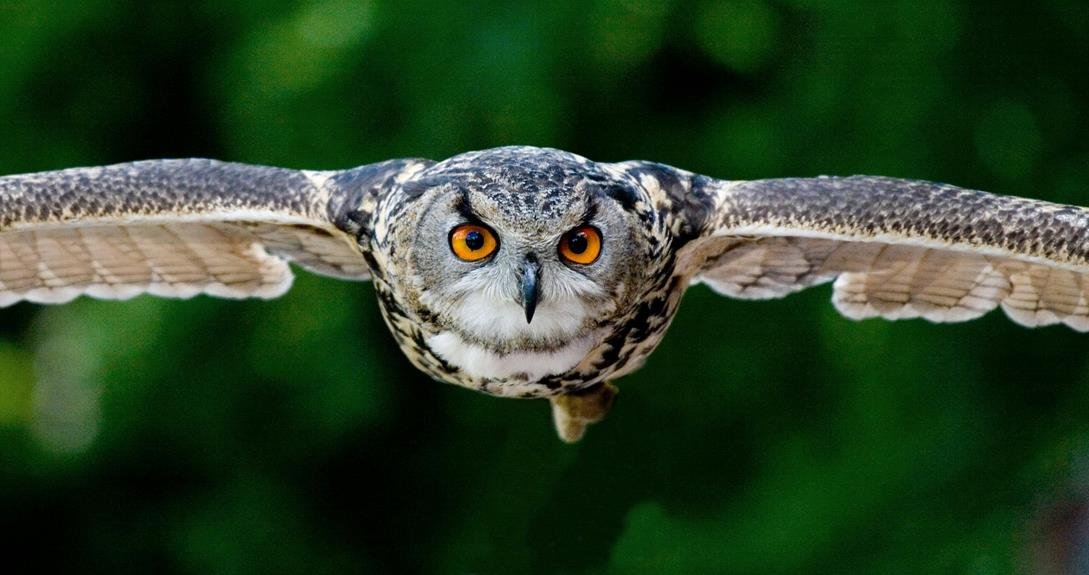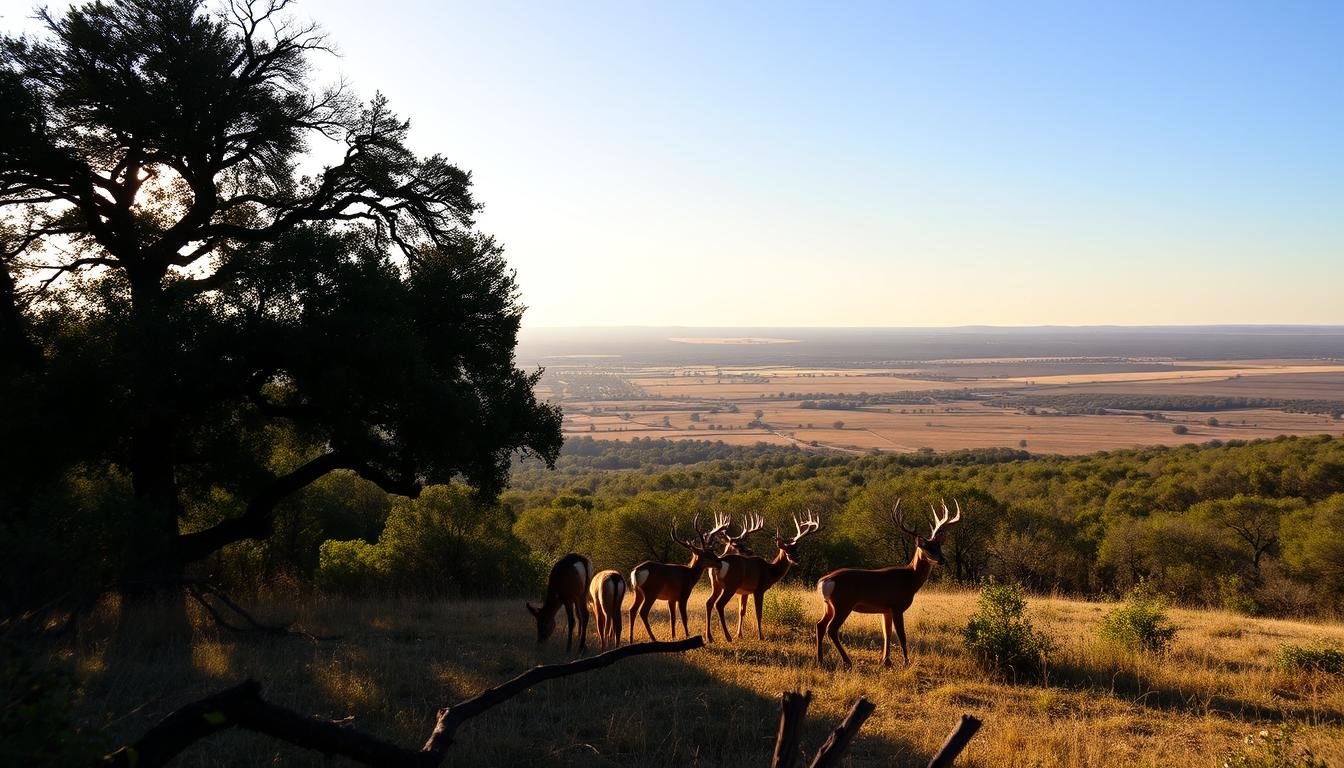Fly tying patterns are essential for crafting effective flies that imitate the natural insects trout feed on. A well-stocked fly tying kit should include a variety of threads, beads, and hooks to accommodate different fly patterns. Popular dry fly patterns, such as the Elk Hair Caddis, Royal Coachman, and Adams, cater to various fishing strategies and offer effective solutions for enticing trout on the surface. Mastering these patterns and understanding the properties of each material is vital for creating flies that replicate natural insects. By exploring the world of fly tying patterns, anglers can discover the secrets to landing more fish and taking their fishing experience to the next level, where the nuances of fly selection and presentation await.
Key Takeaways
- A well-stocked fly tying kit should include a variety of threads, beads, and hooks to accommodate different fly patterns.
- Understanding the properties and uses of each material is crucial for crafting effective flies that replicate natural insects.
- The Adams, Royal Coachman, and Elk Hair Caddis are popular dry fly patterns that cater to various fishing strategies and offer effective solutions for enticing trout on the surface.
- Customizing fly tying patterns through material substitutions, color variations, and technique modifications can lead to pattern evolution and increased adaptability to changing fishing conditions.
- Effective fly tying requires a solid understanding of natural insects, their behavior, and the properties of various materials to craft durable and enticing flies.
Trout Fly Tying Essentials
To get started with trout fly tying, a fundamental understanding of the necessary tools and materials is essential, as it lays the foundation for creating effective and durable flies. In fly fishing, the right materials can make all the difference in enticing trout. Tying materials such as feathers, furs, and synthetic fibers are vital in replicating the natural insects that trout feed on. A well-stocked fly tying kit should include a variety of threads, beads, and hooks to accommodate different fly patterns. By understanding the properties and uses of each material, fly tiers can craft flies that mimic the natural world, increasing their chances of success on the water. With the right tools and materials, fly fishing enthusiasts can master the art of trout fly tying and start catching more fish.
Popular Dry Fly Patterns
With a solid foundation in trout fly tying essentials, anglers can now explore the world of popular dry fly patterns, which offer a wide range of effective solutions for enticing trout on the surface. These patterns are essential for any fly box, as they cater to various fishing strategies. The Elk Hair Caddis, Royal Coachman, and Adams are staples in many fly boxes, each with its unique characteristics and effectiveness. By incorporating these patterns into your fly box, anglers can adapt to different fishing scenarios and increase their chances of success. By understanding the strengths of each pattern, anglers can develop effective fishing strategies, ultimately leading to more hookups and a more enjoyable fishing experience.
The Adams Fly Pattern
As one of the most versatile and effective dry fly patterns, the Adams has earned its place as a staple in many fly boxes, offering anglers a reliable solution for targeting trout. This classic dry fly pattern is often tied with brownish-gray hackle for the body and black and white hackle for the wings, making it an attractive option for trout. The Adams' effectiveness lies in its ability to imitate a range of natural insects, allowing anglers to capitalize on trout behavior and feeding patterns. In fly fishing, understanding trout behavior is essential, and the Adams' versatility makes it an excellent choice for anglers looking to adapt to changing conditions. With its simplicity and effectiveness, the Adams is a must-have in any fly box.
Royal Coachman Fly Details
One of the most iconic and enduring dry fly patterns, the Royal Coachman has been a staple in many fly boxes for over a century, its unique blend of peacock herl, white wings, and red butt making it an irresistible target for brook trout. This vintage fly pattern has played a significant role in fly fishing history, with its origins dating back to the 19th century. The Royal Coachman's enduring popularity is a demonstration of its effectiveness in enticing trout, even when they're not feeding on specific insects during a hatch. As a staple in vintage angling, the Royal Coachman remains a go-to pattern for many fly fishermen, and its allure continues to captivate anglers to this day.
Elk Hair Caddis Pattern
The Elk Hair Caddis, a dry fly pattern that has stood the test of time, owes its popularity to its uncanny ability to imitate the adult caddisfly, using elk hair to create a lifelike wing structure that trout find irresistible. This pattern's effectiveness can be attributed to its understanding of Caddis ecology, where adult caddisflies emerge from the water's surface, making them a prime target for trout. When tying the Elk Hair Caddis, selecting the right Fly material, such as high-quality elk hair, is crucial for achieving the desired wing structure.
Some key points to keep in mind when tying the Elk Hair Caddis:
- Use high-quality elk hair for the wings to create a lifelike structure.
- Choose the right hook size and shape to imitate the adult caddisfly.
- Pay attention to the body color and texture to verify a natural appearance.
- Experiment with different hackle colors to match the local caddisfly population.
Gold-Ribbed Hares Ear Nymph
Crafting the Gold-Ribbed Hares Ear Nymph requires a thoughtful selection of materials, as this general-purpose nymph relies on its subtle yet enticing features to deceive even the most discerning trout. When tying this nymph, you must carefully choose materials that mimic the natural colors and textures of aquatic insects. For instance, using turkey feathers and hares hair creates a realistic, bug-like appearance. A gold bead head adds weight and visual appeal, making this nymph a versatile and effective choice for fly selection. Mastering the tying techniques for the Gold-Ribbed Hares Ear Nymph will expand your fly selection and increase your chances of catching trout. With its versatility and effectiveness, this nymph is a must-have in any fly box.
Customizing Fly Tying Patterns
By experimenting with various materials, colors, and techniques, fly tyers can customize fly tying patterns to suit specific fishing conditions and target species. This process of fly experimentation leads to pattern evolution, allowing anglers to adapt to changing fishing conditions. To customize fly tying patterns, consider the following:
- Material substitutions: Try alternative materials to create unique textures and profiles.
- Color variations: Experiment with different hues to mimic the target species' natural food sources.
- Technique modifications: Alter tying techniques to create distinct patterns and profiles.
- Species-specific designs: Design patterns tailored to specific species' habits and habitats.
Through customization, fly tyers can create innovative patterns that increase their chances of success on the water. By pushing the boundaries of traditional patterns, anglers can stay ahead of the game and catch more fish.
Effective Fly Fishing Techniques
Employing effective fly fishing techniques is essential to presenting flies in a natural and enticing manner, thereby increasing the chances of catching trout and other species. A key aspect of effective fly fishing is understanding Water Reading, which involves identifying structural features such as pools, runs, and riffles that hold fish. By reading the water effectively, anglers can target specific areas and increase their chances of catching fish. Additionally, developing Catching Strategies such as adjusting leader length, fly selection, and presentation techniques can substantially improve one's chances of landing fish. By combining these techniques with well-tied flies, anglers can increase their success rates and enjoy a more fulfilling fly fishing experience.
Frequently Asked Questions
What Is the Best Way to Store Fly Tying Materials?
When organizing fly tying materials, utilize a systematic approach with categorization and compartmentalization, implementing storage systems such as bins, trays, and drawers to maintain a clutter-free workspace and facilitate efficient material access.
Can I Use Synthetic Materials for Fly Tying?
Can we truly replicate the natural allure of fly-tying materials with synthetics? Yes, synthetic materials can be used for fly tying, offering durability and versatility in material selection, allowing for creative experimentation.
How Do I Determine the Right Hook Size for My Fly?
When determining the right hook size for your fly, consider the fly's proportions and the intended target species' mouth size, ensuring a balanced presentation; a general rule of thumb is to match the hook size to the insect's body length.
Can I Use Fly Tying Patterns for Species Other Than Trout?
Beyond trout, tantalizing targets abound, as versatile fly tying patterns seamlessly adapt to Saltwater applications, seducing species like bonefish and tarpon, while Warm water species, such as bass and panfish, anxiously await enticing offerings.
What Is the Ideal Thread Size for Fly Tying?
When selecting thread for fly tying, consider thread strength and colors. Ideal thread sizes range from 6/0 to 12/0, with 8/0 and 10/0 being popular choices, offering a balance between strength and visibility.
Conclusion
In the domain of fly tying, mastery of various patterns reveals the secrets of the trout's world. Like a skilled artist, the fly tyer weaves a tapestry of thread, feather, and wire, crafting an illusion of life. As the fly dancer's fingers move deftly, the dance of deception unfolds, enticing trout to rise to the challenge. Amidst the symphony of ripples and currents, the fly tyer's artistry converges with the angler's skill, yielding a harmonious union of art and science.









